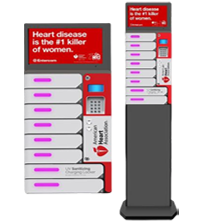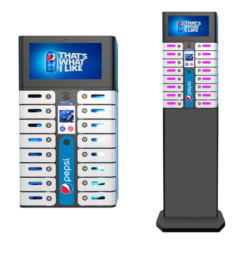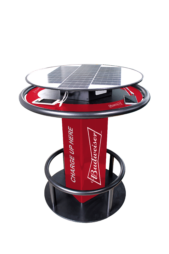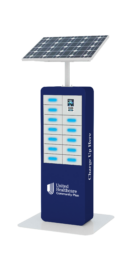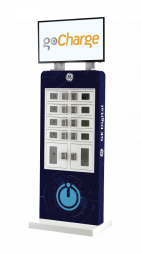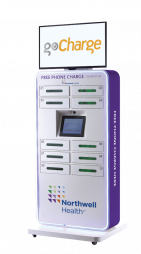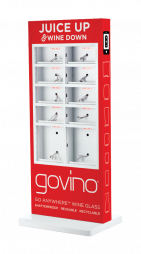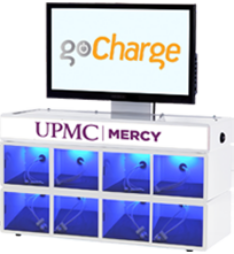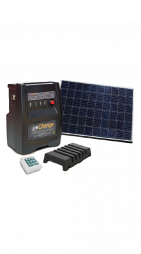What do people use their cell phones for besides phone calls?
Fully 91% of American adults own a cell phone and many use the devices for much more than phone calls. In our most recent nationally representative survey, we checked in on some of the most popular activities people perform on their cell phones:
Texting, accessing the internet and sending and receiving email remain popular. Some 50% of cell owners download apps—up from 22% in 2009. Many use certain location-based services like getting directions or recommendations. Nearly half of cell owners (48%) use their phones to listen to music. The proportion of cell owners who use video calling has tripled since May 2011.
Overall, almost all activities have seen steady upward growth over time.
Younger adults (those ages 18-29), the college-educated, the more affluent, and urban and suburban-dwellers are especially likely to use their phones in a variety of ways. The following tables highlight the demographic composition of those who perform certain activities on their cell phones.
Text messaging
Texting continues to be one of the most prevalent cell phone activities of all time. Fully 81% of cell owners text. It is especially popular among younger adults, the college-educated, and those living in higher-income households.
Accessing the internet
Six-in-ten cell owners access the internet on their phones. African-Americans and Hispanics are more likely to do so than whites. Younger adults, those with at least some college education, and those with an annual household income of over $75,000 a year are particularly likely to access the internet via cell phone. Those who live in rural areas are less likely than urban or suburbanites to have mobile internet access.
Among those who use the internet or email on their phones, more than a third (34%) say that they mostly access the internet from their phone.1 African-Americans, Hispanics, young adults, those with lower levels of education, and those living in lower-income households are especially likely to say their cell phone is their primary point of internet access.
Half of cell owners send or receive email from their phone. The activity is most popular among younger adults, the well-educated, those in higher income brackets, and urban and suburban-dwellers.
Downloading apps
Half of cell owners download apps to their phone. Adults ages 18-29, the well-educated, those with higher incomes, and those living in urban and suburban areas are particularly likely to download apps.
Directions, recommendations, and other location-related services
Half (49%) of cell owners have used their phones to look up directions, recommendations, and other information related to their location. Young adults (ages 18-29), those who are well-educated, higher income, and urban and suburban residents are most likely to do so.
Listening to music
About half of cell owners (48%) listen to music on their phones. This is the first time we have asked this question, so there are no trend data to report. Men, younger adults, those living in households with an annual income over $75,000, and urban and suburban residents are particularly likely to do so. African-Americans and Hispanics are more likely than whites to listen to music on their phones.
Video calling
Two-in-ten cell owners video chat from their phones. Men, younger adults, the well-educated, and urbanites are especially likely to do so. Hispanics are more likely than both African-Americans and whites to make video calls.
Location sharing
Just 8% of cell owners “check in” using services like FourSquare or share their location from their phone.2 This represents a significant drop from the 11% of cell owners who did so in February 2012, the last time we asked. Younger adults are more likely to share their location and Hispanics are more likely than both African-Americans and whites to do so.
This report is based on the findings of a survey on Americans’ use of the Internet. The results in this report are based on data from telephone interviews conducted by Princeton Survey Research Associates International from April 17 to May 19, 2013, among a sample of 2,252 adults, age 18 and older. Telephone interviews were conducted in English and Spanish by landline (1,125) and cell phone (1,127, including 571 without a landline phone). For results based on the total sample, one can say with 95% confidence that the error attributable to sampling is plus or minus 2.3 percentage points. For results based on Internet users3 (n=1,895), the margin of sampling error is plus or minus 2.5 percentage points. In addition to sampling error, question wording and practical difficulties in conducting telephone surveys may introduce some error or bias into the findings of opinion polls.
A combination of landline and cellular random digit dial (RDD) samples was used to represent all adults in the United States who have access to either a landline or cellular telephone. Both samples were provided by Survey Sampling International, LLC (SSI) according to PSRAI specifications. Numbers for the landline sample were drawn with equal probabilities from active blocks (area code + exchange + two-digit block number) that contained three or more residential directory listings. The cellular sample was not list-assisted, but was drawn through a systematic sampling from dedicated wireless 100-blocks and shared service 100-blocks with no directory-listed landline numbers.
New sample was released daily and was kept in the field for at least five days. The sample was released in replicates, which are representative subsamples of the larger population. This ensures that complete call procedures were followed for the entire sample. At least 7 attempts were made to complete an interview at a sampled telephone number. The calls were staggered over times of day and days of the week to maximize the chances of making contact with a potential respondent. Each number received at least one daytime call in an attempt to find someone available. For the landline sample, interviewers asked to speak with the youngest adult male or female currently at home based on a random rotation. If no male/female was available, interviewers asked to speak with the youngest adult of the other gender. For the cellular sample, interviews were conducted with the person who answered the phone. Interviewers verified that the person was an adult and in a safe place before administering the survey. Cellular sample respondents were offered a post-paid cash incentive for their participation. All interviews completed on any given day were considered to be the final sample for that day.
Weighting is generally used in survey analysis to compensate for sample designs and patterns of non-response that might bias results. A two-stage weighting procedure was used to weight this dual-frame sample. The first-stage corrected for different probabilities of selection associated with the number of adults in each household and each respondent’s telephone usage patterns.4 This weighting also adjusts for the overlapping landline and cell sample frames and the relative sizes of each frame and each sample.
The second stage of weighting balances sample demographics to population parameters. The sample is balanced to match national population parameters for sex, age, education, race, Hispanic origin, region (U.S. Census definitions), population density, and telephone usage. The Hispanic origin was split out based on nativity; U.S born and non-U.S. born. The basic weighting parameters came from the US Census Bureau’s 2011 American Community Survey data. The population density parameter was derived from Census 2010 data. The telephone usage parameter came from an analysis of the January-June 2012 National Health Interview Survey.
Following is the full disposition of all sampled telephone numbers:
The disposition reports all of the sampled telephone numbers ever dialed from the original telephone number samples. The response rate estimates the fraction of all eligible respondents in the sample that were ultimately interviewed. At PSRAI it is calculated by taking the product of three component rates:
- Contact rate – the proportion of working numbers where a request for interview was made
- Cooperation rate – the proportion of contacted numbers where a consent for interview was at least initially obtained, versus those refused
- Completion rate – the proportion of initially cooperating and eligible interviews that were completed
Thus the response rate for the landline sample was 10 percent. The response rate for the cellular sample.
- For more information on cell internet use, read our report, “Cell Internet Use 2013.
- For more information on location-sharing, read our report, “Location-Based Services.” ↩
- Internet user definition includes those who use the internet or email at least occasionally or access the internet on a mobile handheld device at least occasionally. ↩
- i.e., whether respondents have only a landline telephone, only a cell phone, or both kinds of telephone. ↩
This post is originally from Pew Internet.

